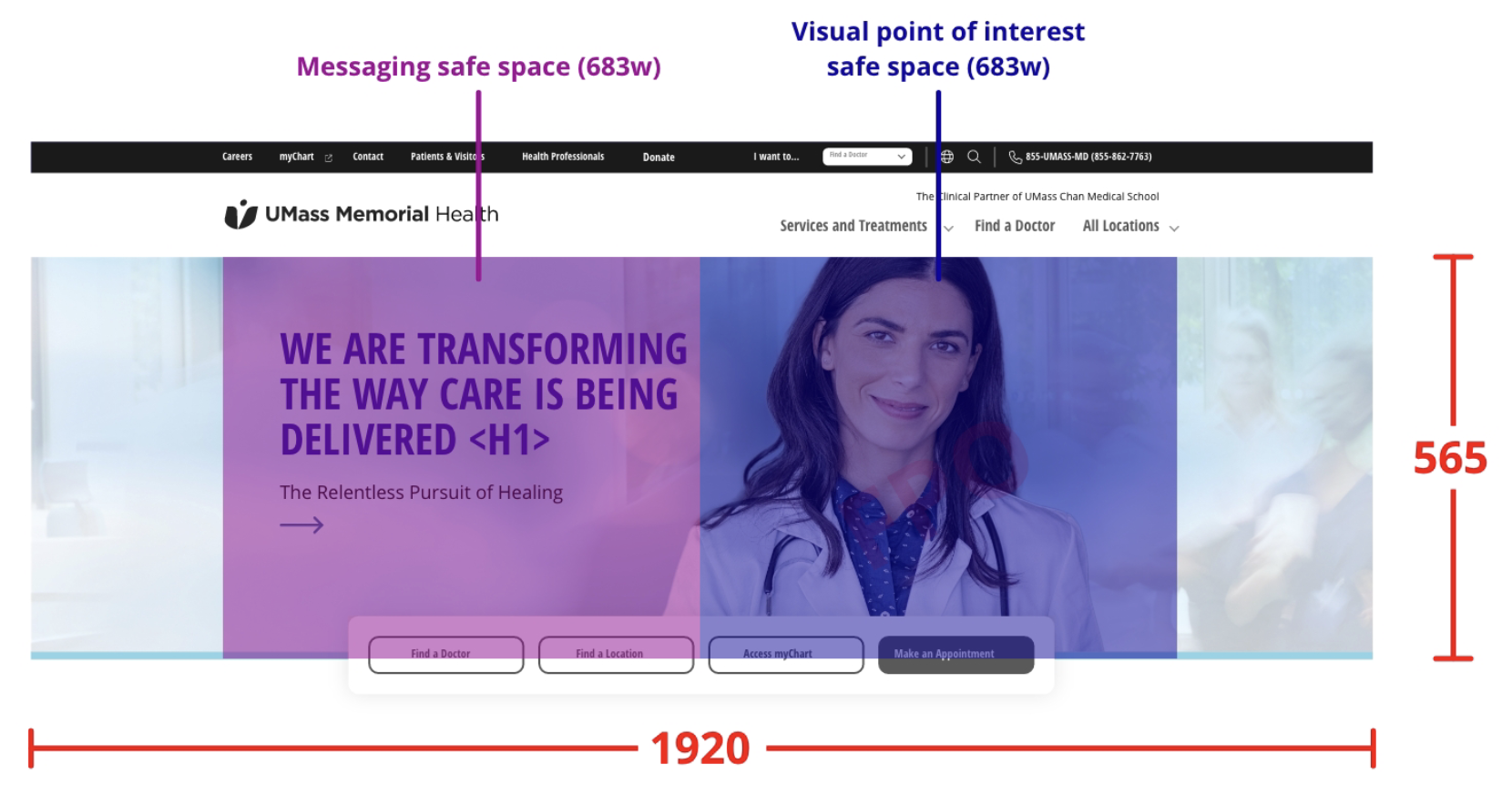Dysbiosis: Your Microbiome Out of Balance
Dysbiosis is a gut imbalance that can harm digestion, immunity and overall health. Diet, stress and medications can trigger it, but lifestyle changes can help restore balance.


M. Salman Shazeeb
Associate Professor, Department of Radiology

Adrian Zai
Associate Professor of PQHS, Division of Health Informatics and Implementation Science, Chief Research Informatics Officer

Elena Byhoff
Associate Professor of Medicine, Division of Health Systems Science
Medical Director, SDOH, Office of Clinical Integration
Medical Director, SDOH, Office of Clinical Integration

Daniel Amante
Assistant Professor of PQHS, Division of Health Informatics And Implementation Science

Tammy Nguyen
Assistant Professor of Surgery, Division of Vascular Surgery
Medical Director of Lower Extremity Wound Clinic
Medical Director of Lower Extremity Wound Clinic
Paperless Billing
Beginning April 1, 2025, UMass Memorial Health will automatically enroll all patients in our paperless billing program unless they have previously opted out. Paperless billing makes it easier to manage your account online whenever you like, helps us reduce our use of paper and contributes to our efforts to support the environment.
Unexpected Ways AI Is Changing Health Care—Beyond Notes and Diagnosis
AI can transcribe clinical notes, draft MyChart messages, interpret X-rays and...well, what else can it do?


